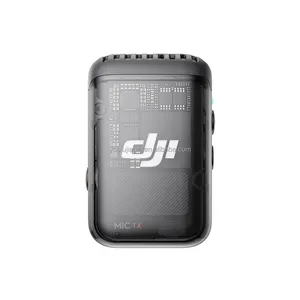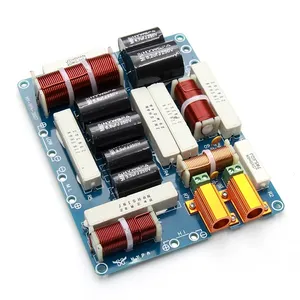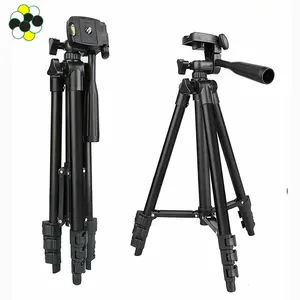



























































상위 카테고리
400mm 렌즈 정보
다양한 제품을 찾아보세요. Alibaba.com에서 400mm 렌즈를 사용할 수 있습니다. 어떤 경우에도 적합한 렌즈를 사용하는 것이 중요합니다. 낮 동안, 어두운 환경에서, 실외 또는 실내에서 선명하고 정확합니다. 400mm 렌즈는 사진가가 선명하고 풍부한 이미지를 찍는 데 가장 중요합니다.
쇼핑. 400mm 렌즈가 이렇게 간단 해졌습니다. Alibaba.com에서 고객은 사진을 향상시킬 다양한 렌즈를 선택할 수 있습니다. 이 사용하기 쉬운 렌즈는 감정적 인 장면이나 이미지를 변화시키는 다양한 초점 거리와 시각적 속성으로 특별히 설계되었습니다. 이 항목의 견고하고 견고한 마운트는 세련되고 깨끗하며 선명한 이미지를 촬영할 때 쉽게 조정하고 적용 할 수 있도록합니다.
이 렌즈의 코팅 기술은 중요한 역할을합니다. 빛을 필터링하여 부드러운 전환을 제공합니다. 결과적으로 고 스팅 및 플레어가 감소하여 이러한 뛰어난 성능이 향상됩니다. 400mm 렌즈. 조리개 설정을 통해 사진 작가는 멋진 이미지를 캡처하는 데 필요한 완벽한 피사계 심도를 얻을 수 있습니다. 이 렌즈는 가볍기 때문에 아름다운 순간이 언제 나타날지 알 수 없기 때문에 최고의 여행 파트너가 될 것입니다.
알리바바 닷컴을 방문하여 최신 트렌드와 뛰어난 제품을 쇼핑하세요. 400mm 렌즈 옵션. 이 놀랍고 정밀한 렌즈로 전문가 용이든 여가 용이든 사진의 모든 세부 사항을 캡처하십시오. 전문 공급 업체와 제조업체는 기술 세계에 최신 렌즈를 제공하기 위해 끊임없이 노력하고 있습니다.















































































































































